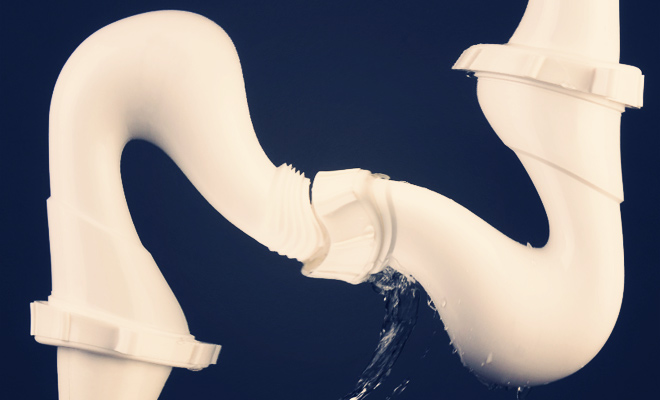You may see your water bill staying in the same price range for months on end, even though your water usage may vary from month to month. Even when you water your lawn and garden, your quarterly bill may not go up by very much. If you have an undetected leak, however, your bill is going to grow much bigger faster, causing you no end of heartburn and worry about how you’re going to pay this much money. A hole no bigger than a tiny seed will push your bill up, and you probably can’t imagine the size of the bill for a hole that’s less than one-half inch in diameter! This makes efficient water leak detection a critical factor in managing your Toronto homeownership costs.
Undetected Foundation Problems
Maybe the ground outside your home is completely saturated because of frequent rainstorms that just seem to keep coming and coming. “No problem,” you think. “The rain is out there and we’re safe in here.”
Don’t be so quick to believe you won’t suffer any consequences from the wet weather. Sooner rather than later, you’re going to notice that your basement smells mildewy. The walls may be damp and you notice puddles on the floor. Until you contact an expert in water leak detection, you may not realize that the water being soaked up by the soil outside—is coming inside.
Now, consider the issue if your water heater blows up. You’ll have a BIG water bill now! All that water is going to leak out of the water heater and onto the floor in your basement. Will you detect a leak in your toilet? You’re likely to, if the flapper doesn’t go down after flushing the toilet.
How a Leak Can Cost You, Big Bucks
Those leaks may sound so. . . small and innocent. But they aren’t. That slow, leaky drip. . . drip. . . drip adds up over time. You may not raise your eyebrows over a leak that costs you less than $5 a day. What would you do if that leak cost you over $1,500 in four months? Ah, didn’t think so! Now you want that baby plugged up, fast! Now, do you see how water leak detection can protect your budget?
Inexpensive Ways to Look for Small Toilet Leaks
Before you call the plumber to track down the source of that leak, you can run a few inexpensive and easy tests yourself, although this won’t make you an expert in water leak detection.
If the water meter on your home doesn’t connect to any other homes in your neighborhood, check the readings on the meter. Switch off every water source for 30 minutes. Turn on the water source for each bathroom one at a time and check the reading on the water meter. Every 10 minutes or so, take a new reading. Get three readings per toilet and compare. If there’s a difference, you have a leak.
Buy some leak detection tablets at the hardware store and drop one in. Don’t flush the toilet. After 30 minutes, check the bowl of the toilet. If you see dye in there, water may be leaking from the tank and into the toilet. Before flushing, dry the outside of the toilet. Add a dye tablet to the toilet bowl. Come back in one hour and swipe a second paper towel over the outside of the bowl of the toilet. If you spot dye on the paper towel, you may have a leak in the gasket, a cracked water base or in a defective valve. Get that leak to take care of, or you’re going to get some painfully big water bills.

